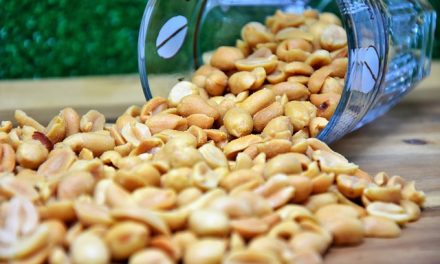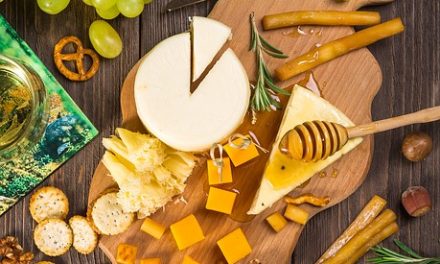If you hated Brussels sprouts when you were young because they tasted strong and bitter, it is definitely time to try them again. Today's Brussels sprouts are sweeter and milder-tasting than you may recall, especially if you have avoided them since childhood.
Originally, Brussels sprouts were strictly a home garden vegetable, where they made for a striking sight: miniature cabbages rising in spiraling rows around a rigid, waist-high stalk. Here and there, cabbage-like leaves flutter out from the stalk to shelter the individual sprouts from sun and rain as they mature.
Today, you can buy these stalks at farmers� markets. When you get one home, take your pick. You can cut off the mature sprouts that cluster around the bottom of the stalk, or pick off the finger nail-size babies near the top, which are tender enough to toss into a salad.
Around 1900, when commercial farmers first started cultivating the Brussels sprouts most of us know, they sought out varieties that would be less time-consuming and labor-intensive to harvest. By the 1960's, they succeeded, growing only those varieties that were easiest to pick. Unfortunately, they tasted so bitter that people were turned off.
Recently, as interest in eating and enjoying vegetables has increased, growers have finally responded by cultivating Brussels sprout varieties that meet their needs while tasting far better, too.
At the store, look for loose Brussels sprouts. Pick out sprouts around the same size, as small as you can find. Buy only as much as you plan to cook within a few days, because their bitterness increases as they age.
My favorite method is braising them, which means briefly sauteing the sprouts in a pan which holds them in one layer, using just enough oil to coat them, adding liquid, and gently simmering them until tender-crisp. I always use broth instead of water because it adds flavor.
On special occasions, I take time to halve or quarter the sprouts lengthwise so the broth penetrates their layers, and I cook them uncovered so the flavor concentrates as the broth evaporates. Cooking Brussels sprouts uncovered also reduces the "cabbage" flavor, though it takes longer and requires more liquid.
Braised Brussels Sprouts
Yield: Makes 4 servings.
Ingredients
- 1 container (about 10 oz.) fresh Brussels sprouts, preferably small ones 2 tsp. olive oil 1 large garlic clove, cut lengthwise in 3 1/2 cup fat-free reduced-sodium chicken broth Pinch of dried red pepper flakes (optional) Salt and freshly ground black pepper slices Cut off hard end at bottom of each Brussels sprout. With your fingers, pull off one or two layers of outer leaves and discard. Small Brussels sprouts can remain whole but large ones should be cut in half lengthwise.
Directions
- Heat oil in a medium non-stick skillet over medium-high heat. Saute garlic until lightly colored on both sides, turning pieces once, about 1 minute in all. Remove garlic from pan and set aside. Add Brussels sprouts to pan, stirring with wooden spoon until they are bright green, 1-2 minutes. Pour in broth. Return garlic to pan. Add pepper flakes, if using. Reduce heat to simmer, cover and gently simmer just until Brussels sprouts are tender, about 6 minutes.
- Season Brussels sprouts to taste with salt and pepper, and serve.
Nutritional Information Per Serving:
52 calories,
2 g. total fat (<1 g. saturated fat),
7 g. carbohydrate,
3 g. protein,
3 g. dietary fiber,
90 g. sodium
AICR









